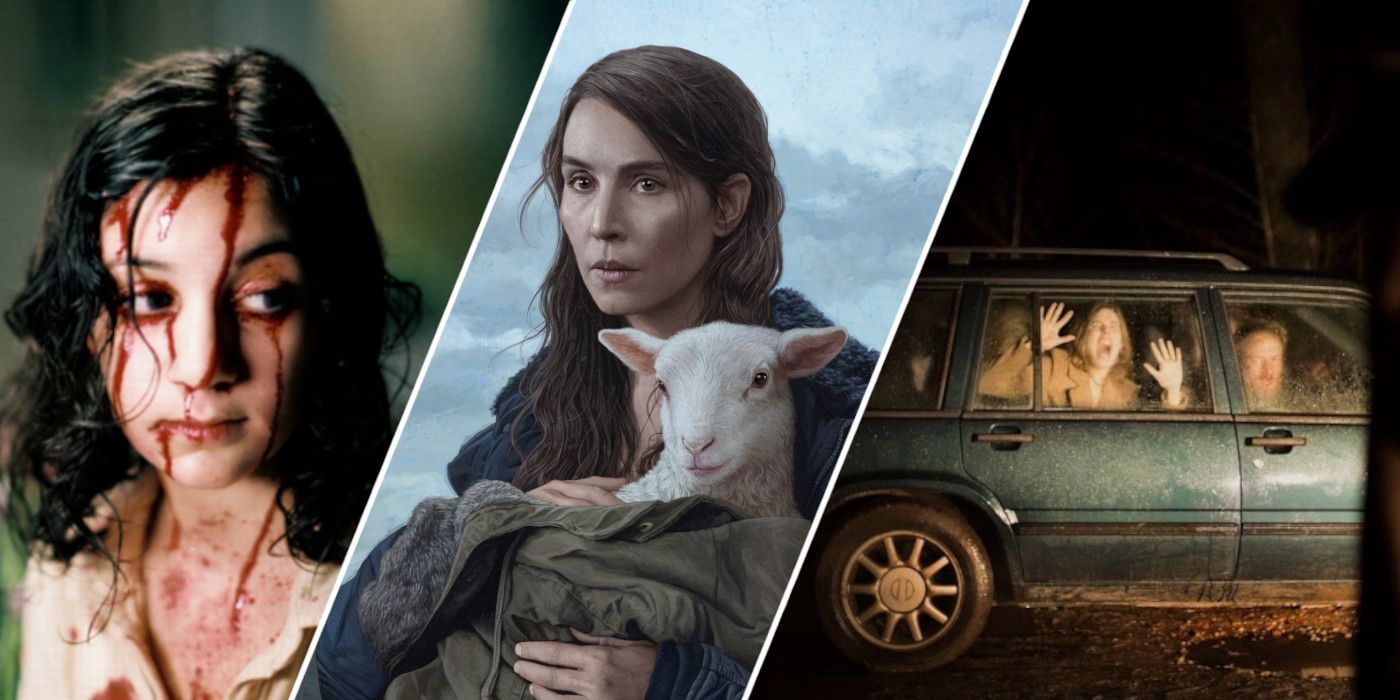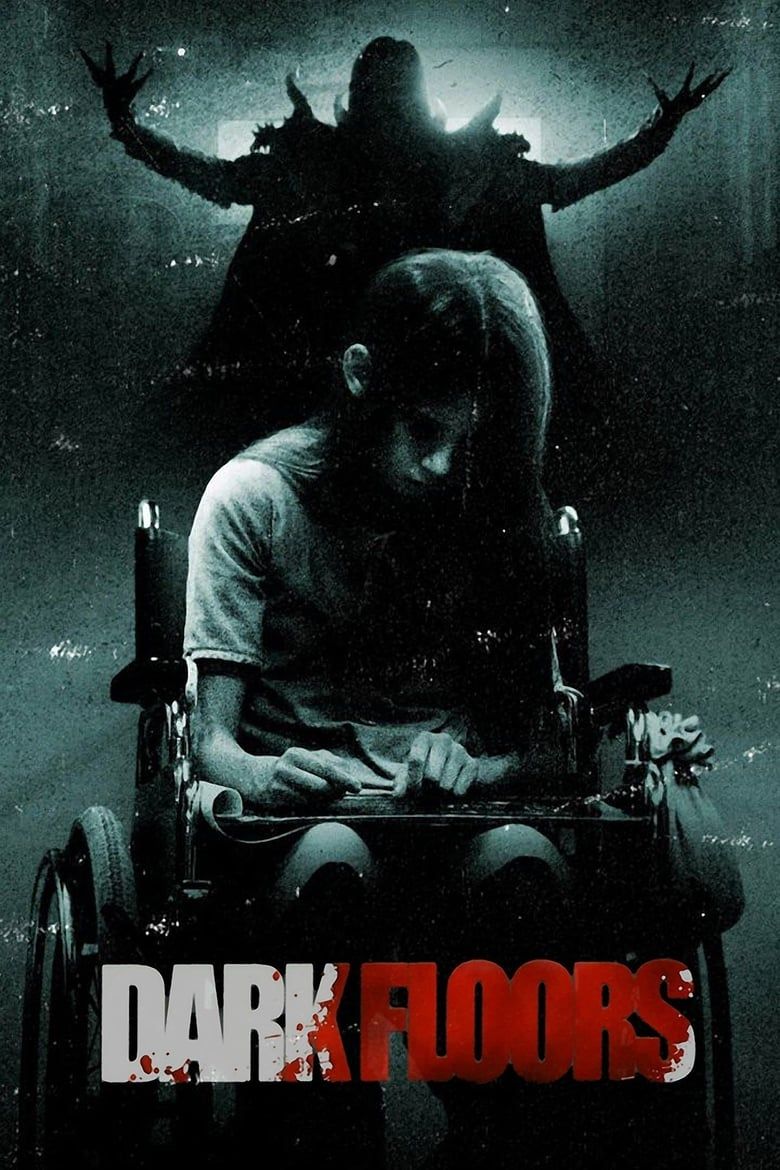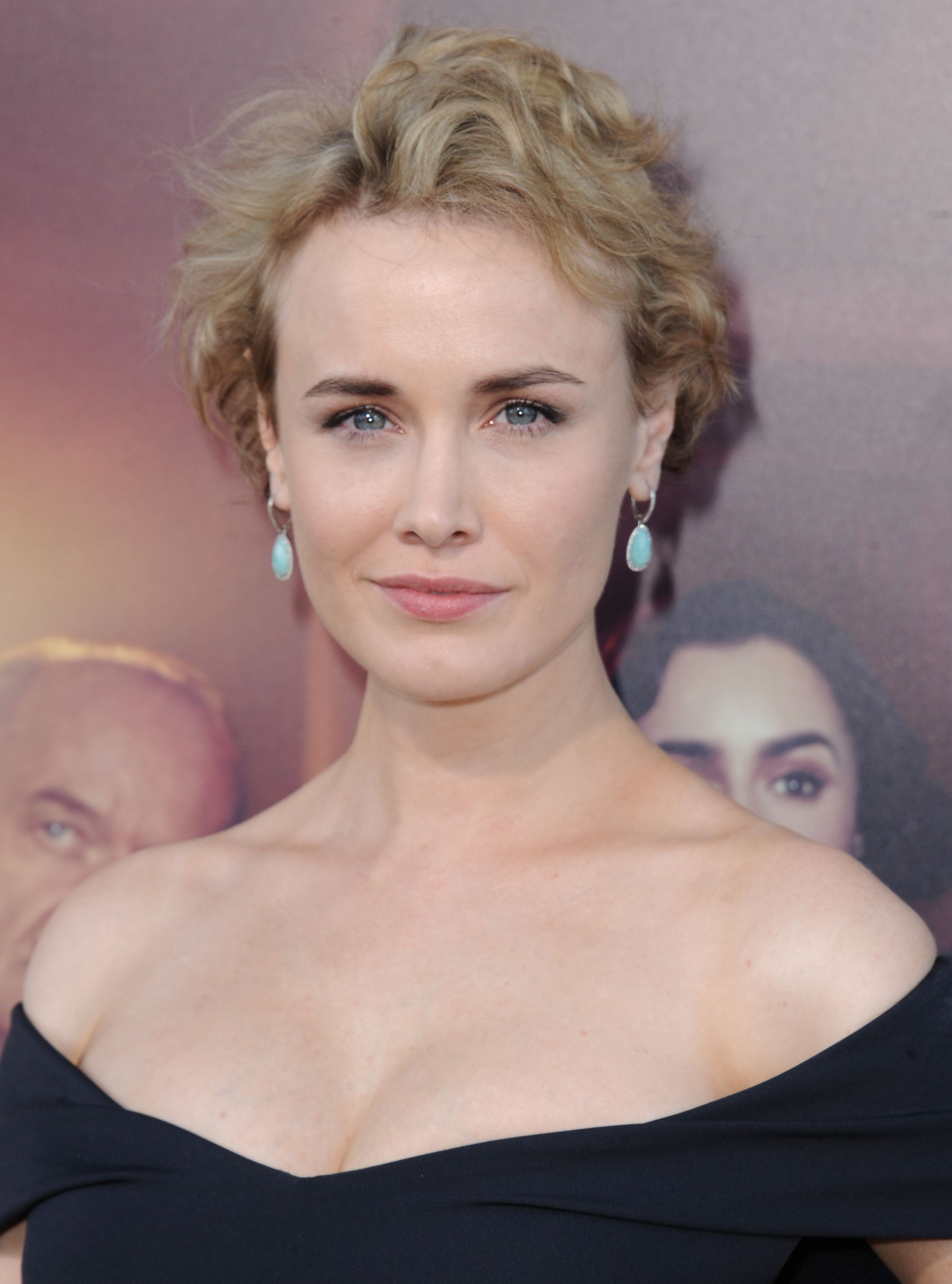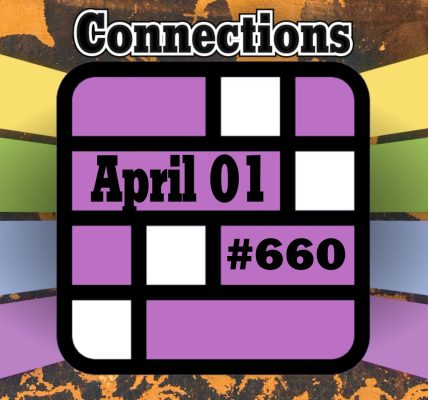Exploring the realms of rock, punk, and metal horror films, one cannot overlook Dark Floors, an extraordinary Gothic horror film crafted by Mr. Lordi, the iconic frontman of the renowned Finnish metal band, Lordi. Upon its release in 2008, Dark Floors faced significant criticism from movie critics. Nevertheless, several elements of the film were acknowledged for their originality, particularly the unique concept, captivating setting, and immersive atmosphere enhanced by artistic lighting and innovative special effects. At that time, Lordi had just triumphed in the Eurovision contest two years earlier. The premiere of Dark Floors was initially scheduled to coincide with the 2007 competition in Helsinki, and given that the director, Pete Riski, had previously directed music videos for Lordi, the film was often dismissed as a mere promotional effort for the band. Although Dark Floors is not hailed as a cinematic masterpiece, it undoubtedly offers an entertaining experience, rich in artistic flair and surprising references.
Discover Why ‘Dark Floors’ Stands Out in the Nordic Horror Genre
The narrative unfolds within the confines of a hospital, focusing on a young autistic girl named Sarah (Skye Bennett) as she undergoes a brain tomography procedure. Her worried father, Ben (Noah Huntley), is eager to take her home. Meanwhile, a nurse (Dominique McElligott—known as Queen Maeve from The Boys) attempts to convince him against this decision. The trio finds themselves in an elevator, accompanied by a security guard, a well-dressed stranger, and an elderly man who expresses a morbid wish to die. Suddenly, the elevator malfunctions, leading to a scene that could serve as the cornerstone of a different film; however, Dark Floors allows the characters to exit. They soon discover themselves in a distorted version of reality, where all clocks are frozen at the same hour, raindrops hang in slow motion outside the windows, and the hospital staff appear to be inexplicably deceased, suggesting a long-standing tragedy.
Scandinavian horror cinema boasts a rich and diverse tradition, with Finnish films contributing a unique perspective. This includes various genres ranging from slashers with varying levels of graphic violence, darkly comedic narratives, to gruesome dramas incorporating elements of body horror that delve into family traumas. Yet, Dark Floors distinguishes itself by seamlessly blending thriller elements, dark fantasy, and Gothic horror. For approximately thirty minutes, as the six characters strive to reach an emergency exit, the imminent danger remains largely psychological, characterized by a chilling atmosphere, lifeless bodies scattered throughout, and the sudden manifestation of a ghostly figure. The five monstrous entities emerge one by one, clad in leather jackets adorned with thorns, horns, and jagged teeth. While they refrain from picking up guitars to rock out (which would have been entertaining), the enigma surrounding the unfolding events persists for a while.
Explore the Innovative Set Design that Enhances the Horror Experience
Upon its release, Dark Floors was recognized as one of the most expensive films in Finnish cinema, boasting a budget exceeding four million dollars, a significant portion of which was allocated to special effects, set design, and construction. The film’s surreal interpretation of reality is arguably one of its most commendable aspects, not only due to its eerie yet aesthetically captivating presentation but also because it offers a compelling reinterpretation of the typical hospital setting in film. Traditionally, hospitals are depicted as grim locations, often serving as backdrops for horrific events in genre cinema. In contrast, Dark Floors presents a fresh perspective: a space that symbolizes potential healing and hope, yet is viewed through the lens of a character who struggles to comprehend what is happening, transforming it into a hostile environment akin to a torturous chamber.
The rock monsters exhibit an unsettling fascination with Sarah, indicating that we are witnessing a reality crafted from her psyche. Drawing inspiration from Stephen King‘s The Langoliers and the acclaimed horror video game Silent Hill, Riski’s film invites viewers on an unexpected exploration of a child’s tormented mind. Viewed through this perspective, many aspects of the film’s aesthetic and narrative become clearer. Most notably, the highly stylized representation of limbo—a crumbling hospital filled with lurking dangers. The five monsters, who bear an uncanny resemblance to a Eurovision-winning band, gain context: they are the frightening figures from a musical television program, not inherently terrifying but transformed into true knights of darkness through the vivid imagination of a child.

Related
The 10 Best Nordic Horror Movies, Ranked
Cold winters and gorgeous landscapes lend themselves well to striking horror sequences.
The characters who were previously criticized for being overly clichéd now align beautifully with the film’s central themes. The quintessential portrayal of the devoted father who stands resolutely by his daughter’s side, the compassionate nurse exuding an almost angelic presence, and the elderly gentleman who possesses a profound understanding of mortality. There is also Jon, played by William Hope, another actor from the Alien franchise featured in Dark Floors (the other being Leon Herbert from Alien 3). Hope is well-known for his role as Lieutenant Gorman in Aliens. In Dark Floors, he embodies the archetypal cowardly character—the least desirable companion to have in dire situations. The film includes at least two nods to Aliens—Jon’s demise via fire extinguisher mirrors Gorman’s fate, and he quotes Paul Reiser’s line about building a fire and singing. This adds a layer of enjoyment to watching Dark Floors: speculating whether Sarah’s bleak reality was inspired in part by James Cameron‘s cinematic vision.

Dark Floors
- Release Date
-
February 8, 2008
- Runtime
-
87 minutes
- Director
-
Pete Riski
- Writers
-
Pekka Lehtosaari
- Producers
-
Jukka Helle
-

-

-

Dominique McElligott
Emily
-









